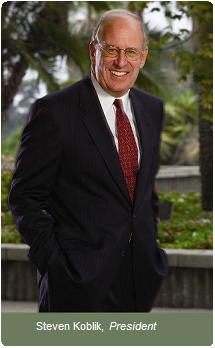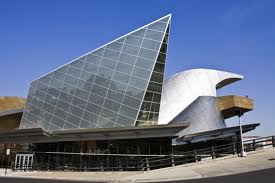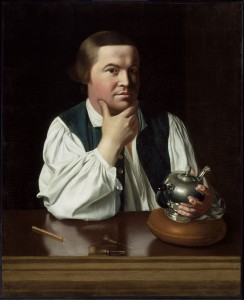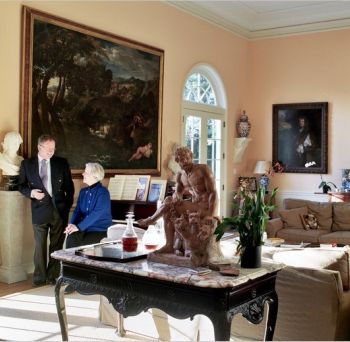Here’s some good museum news — very good. The Huntington Library, Art Collections and Botanical Gardens has just announced that the gift it received from the estate of Frances Lasker Brody is expected to yield in excess of $100 million. Maybe much more.
 Brody died in November 2009, and was a longtime member of the Huntington’s board of overseers. The Huntington received $15 million from her estate in October and another $80 million last week. Her house, a landmark midcentury modern 11,500 sq. ft. structure designed in 1949 by A. Quincy Jones, is on the market for more than $24 million, and the Huntington will also receive proceeds from that.
Brody died in November 2009, and was a longtime member of the Huntington’s board of overseers. The Huntington received $15 million from her estate in October and another $80 million last week. Her house, a landmark midcentury modern 11,500 sq. ft. structure designed in 1949 by A. Quincy Jones, is on the market for more than $24 million, and the Huntington will also receive proceeds from that.
The bulk of the money was directed by Brody to the gardens, but Huntington president Stephen Koblik says that that will free up other funds and allow them to be directed toward the Huntington’s infrastructure and other programs. Says Koblik:
Our primary responsibility is to make certain the funds will have maximum impact, focusing on the donor’s intent and institutional need over time. By leveraging these funds and investing them as though they were an endowment we will make the gift work for the whole of the institution, supporting our strategic priorities.
 The Huntington’s current endowment is worth about $240 million. Koblik plans to invest the Brody gift and thereby “stretch into perpetuity, providing a measure of stability The Huntington has never had.” Among his top priority is raising staff compensation to competitive levels, he says.
The Huntington’s current endowment is worth about $240 million. Koblik plans to invest the Brody gift and thereby “stretch into perpetuity, providing a measure of stability The Huntington has never had.” Among his top priority is raising staff compensation to competitive levels, he says.
I have no idea if that’s wise, as I am not privy to compensation levels, but I will take him at his word, since the rest of his comments do seem wise.
The art collected by Brody and her husband was world-class art; it included important works by Picasso, Matisse, Giacometti, Renoir, Calder, and Braque, and was auctioned last May. Picasso’s Nude, Green Leaves, and a Bust alone sold for a record $106.5 million.
More details of the gift are here.
Photo Credit: Courtesy of the Huntington Library (top), Kate Carr Photography via New York Times (bottom)

 You can catch up on the background from
You can catch up on the background from  I was there to write a piece for The Daily Beast, and Samaras (a “74-year-old multi-media wizard”) knew what that meant — names and stories, rather than the more esoteric aspects of his art. He wasn’t the least bit uncooperative, and we had a blast. “
I was there to write a piece for The Daily Beast, and Samaras (a “74-year-old multi-media wizard”) knew what that meant — names and stories, rather than the more esoteric aspects of his art. He wasn’t the least bit uncooperative, and we had a blast. “ So there will likely be many articles and blogs and other news reports in the next week. I’ve already tried to get ahead of them (
So there will likely be many articles and blogs and other news reports in the next week. I’ve already tried to get ahead of them ( If you had said, nine years ago, that the MFA would raise as much in money and art for a new wing and endowment and other purposes as it has — more than $750 all-told — many people would have said “uh, uh. Not likely.” But the museum did it, and I do believe that Rogers is correct when he told me that the pitch he makes is never need, it’s vision:
If you had said, nine years ago, that the MFA would raise as much in money and art for a new wing and endowment and other purposes as it has — more than $750 all-told — many people would have said “uh, uh. Not likely.” But the museum did it, and I do believe that Rogers is correct when he told me that the pitch he makes is never need, it’s vision: